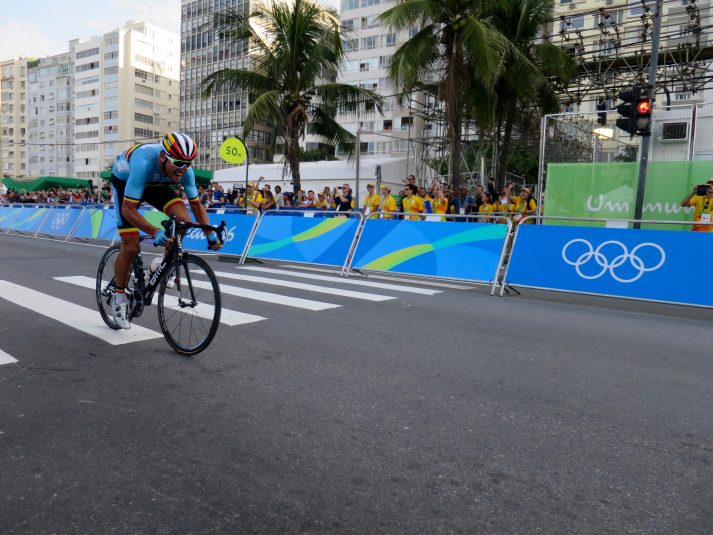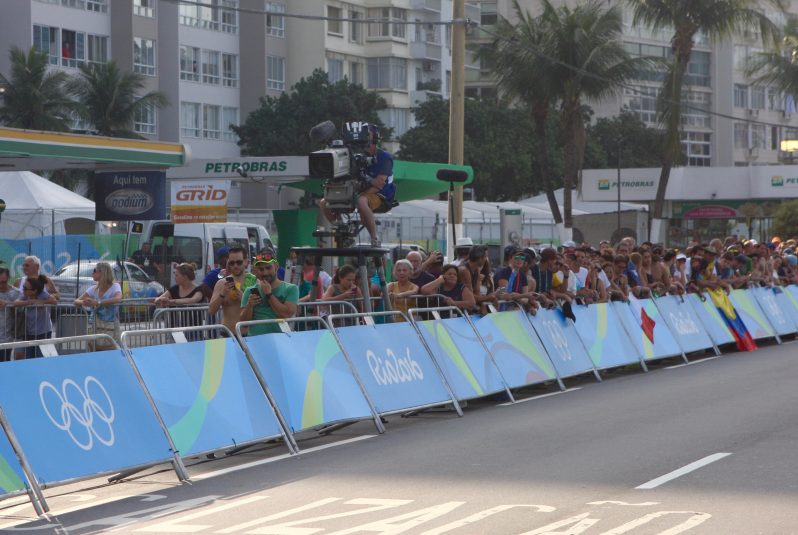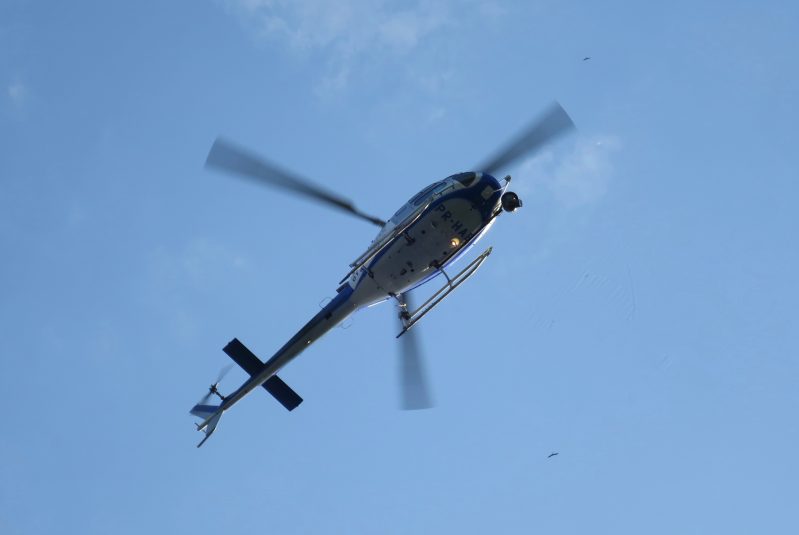Live from Rio Olympics: Road Races Rely on Next-Gen RF Technology
The cycling events at the 2016 Rio Olympics got off to an exciting and occasionally treacherous start with the men’s and women’s road races that blazed up, down, and around Rio de Janeiro and the surrounding area. The men’s race was more than 241 kilometers in length while the women’s clocked in at 137 kilometers. And once again RF technology played a key role in covering the action.

Coverage of the Olympic men’s cycling road race relied heavily on RF cameras.
Five motorbikes were used with handheld cameramen on the back of the bikes; two helicopters with RF cameras were used for overhead shots; and two automobiles were also used. The automobiles featured two cameras: a gyrostabilized camera mounted on the roof that could also be raised and lowered as well as a camera on the back. The automobile also had the ability to record (and transmit) a third super slow mo feed. Another cool feature on the automobiles was the ability to take one of the cameras and have a cameraman take it off of the automobile and stand up to 100 meters away and transmit a signal to the automobile which would act as a relay and send the signal to the plane. That gives an additional level of flexibility to the productions that rely on the RF cameras.

One of the hard cameras near the cycling road race finish line.
Other cameras in the production (most located along the final half kilometer of the race and the start and finish line near Copacabana Beach) included five hard cameras, four handheld cameras, two Steadicam units, five 20-meter crane cameras, one telescoping crane, one cherry picker hard camera, and one portable jib.

Gyrostabilized shots from helicopters helped cycling fans stay on top of the action for the two road races this past weekend.
The RF technologies have been improved since the 2014 Olympics and on the opening men’s race it paid off as during seven hours of racing there were only 10-odd moments where there was an issue with reception from any of the incoming 13 RF camera signals. One of the reasons for the improved performance? Two planes were used to help with transmission of the RF signals back to the IBC and each would fly at a slightly different height and location to provide transmission diversity. In addition, three 50 Mbps signals are being sent from each plane (each of those feeds with four camera feeds). The RF system was also able to send tally information to the cameramen so they could tell when they were on air and camera settings can also be changed from the IBC.

